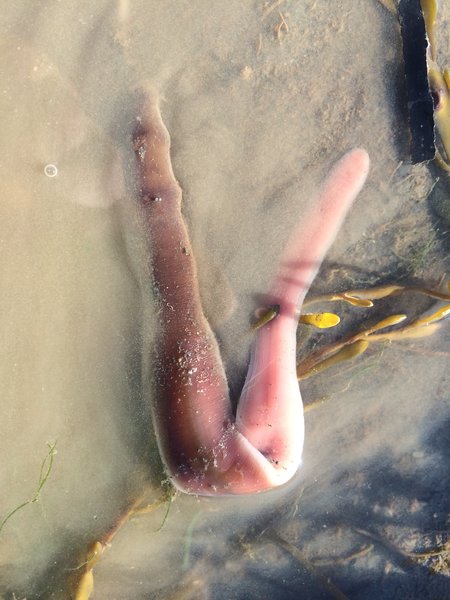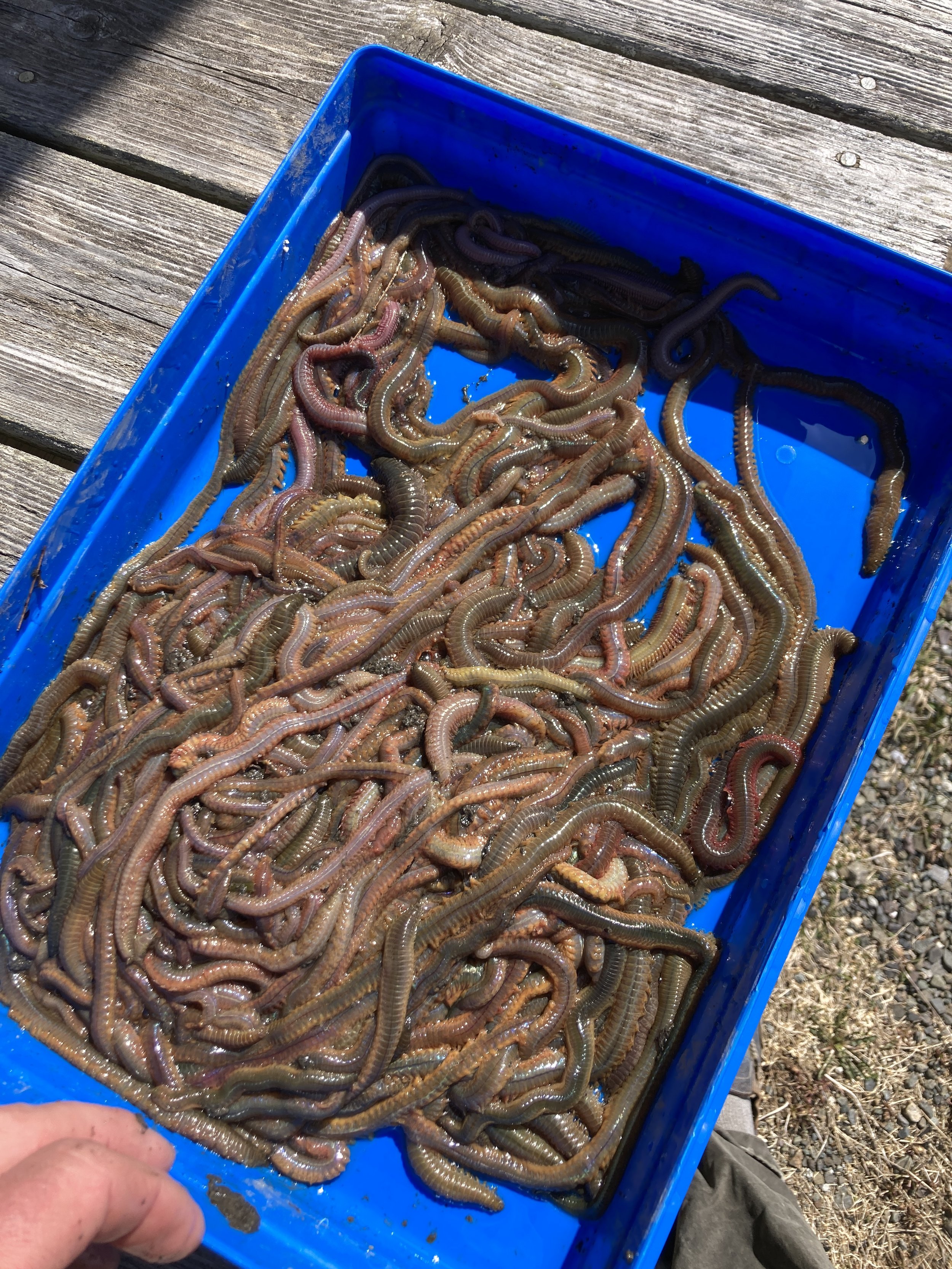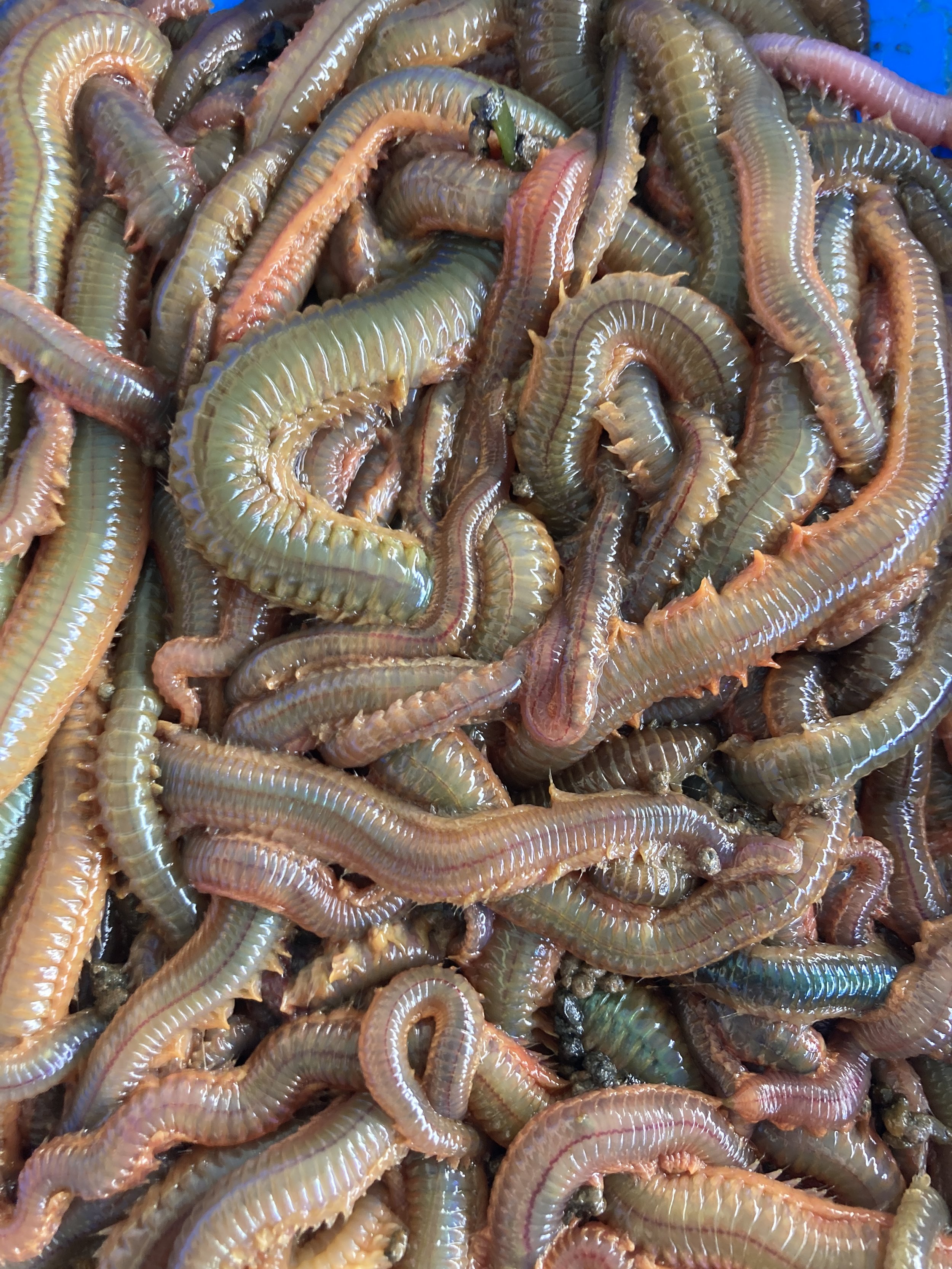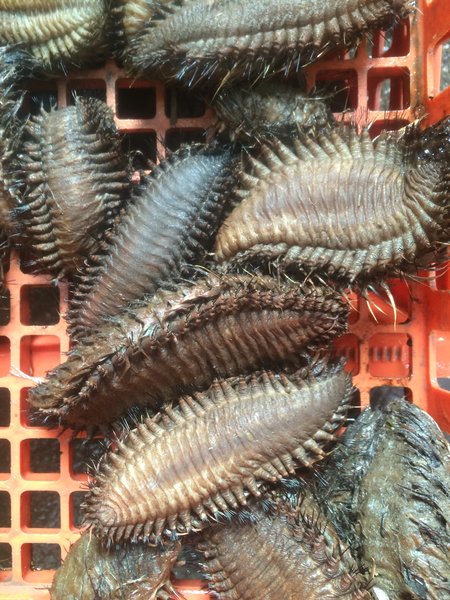 Image 1 of 6
Image 1 of 6

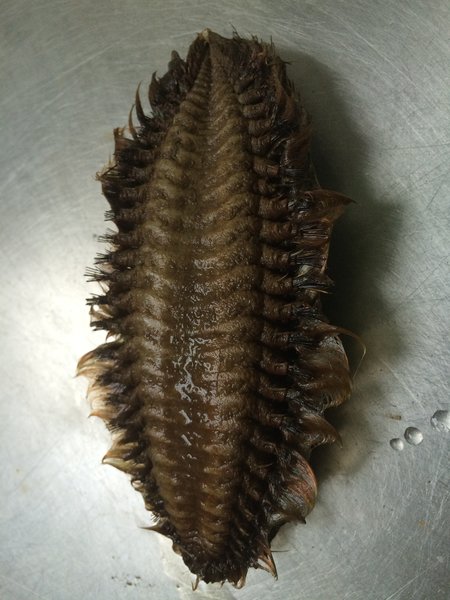 Image 2 of 6
Image 2 of 6

 Image 3 of 6
Image 3 of 6

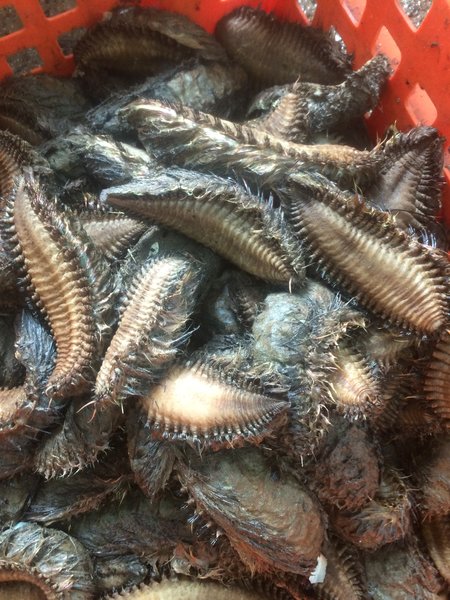 Image 4 of 6
Image 4 of 6

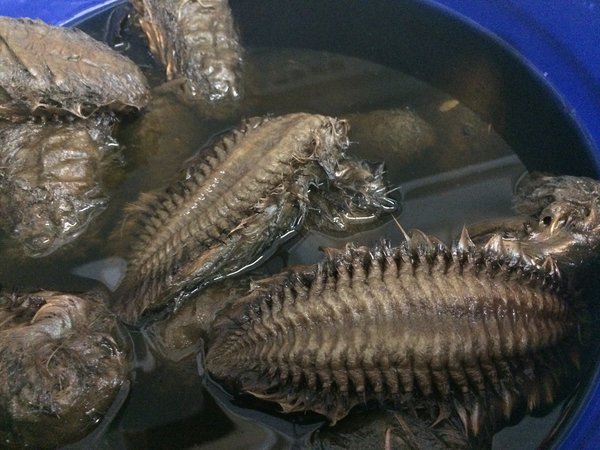 Image 5 of 6
Image 5 of 6

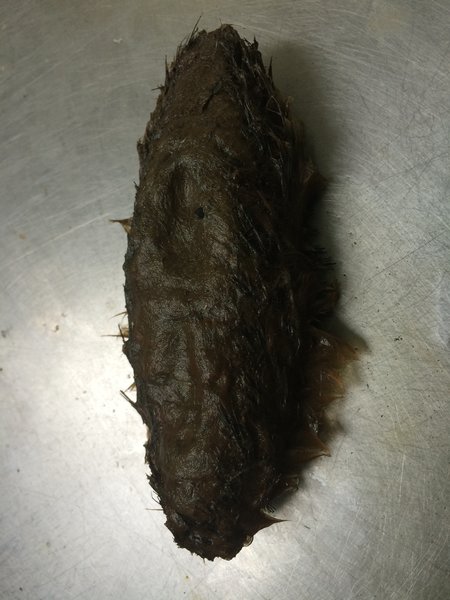 Image 6 of 6
Image 6 of 6







Sea Mouse (Aphrodita spp.)
Common name: sea mouse
Scientific name: Aphrodite spp.
Locations: muddy bottoms, sub-tidal bays, estuaries
Seasonality: available all year
Colors: fuzzy brown with black bristles and iridescent gold edges
Size: 1” - 3”
Collected: by diving or dredge vessels
Quantity: sold by the each
Common name: sea mouse
Scientific name: Aphrodite spp.
Locations: muddy bottoms, sub-tidal bays, estuaries
Seasonality: available all year
Colors: fuzzy brown with black bristles and iridescent gold edges
Size: 1” - 3”
Collected: by diving or dredge vessels
Quantity: sold by the each
Common name: sea mouse
Scientific name: Aphrodite spp.
Locations: muddy bottoms, sub-tidal bays, estuaries
Seasonality: available all year
Colors: fuzzy brown with black bristles and iridescent gold edges
Size: 1” - 3”
Collected: by diving or dredge vessels
Quantity: sold by the each

The prominent black bristles and iridescent gold edges of the sea mouse (Aphrodita spp.).
Tidepool Tim says, “We get most of our sea mice from our local fishermen friends who save them out for us from their scallop or sea urchin dredge catches. These giant worms look like an old style hairbrush - one that perhaps had lost its handle. on the top they are pure brown fuzzy hairs that is covered with muddy sediments. On the bottom they are so naked one can see their ventral blood vessel and every segment with parapodia and very bristly black setae. Once opened their mouths are quite large and its possible to see how they are able to engulf big pieces of prey.
In fact we once caught one that had half a rather large starfish hanging from its mouth. Another was eating a smaller sea mouse - so apparently they do cannibalized one another. Dissection of a sea mouse will reveal that they are in fact covered with large scales on their top sides just underneath their mat of fuzzy hairs. These can be are large as a dime or nickel. As aquarium specimens they are fun to watch move around the tank initially but sooner or later they plow down into the substrate at the bottom and become invisible there. We find them whenever we are cleaning the tank - they must prefer to feed from below scavenging along eating worms, stars, & detritus found there.”


